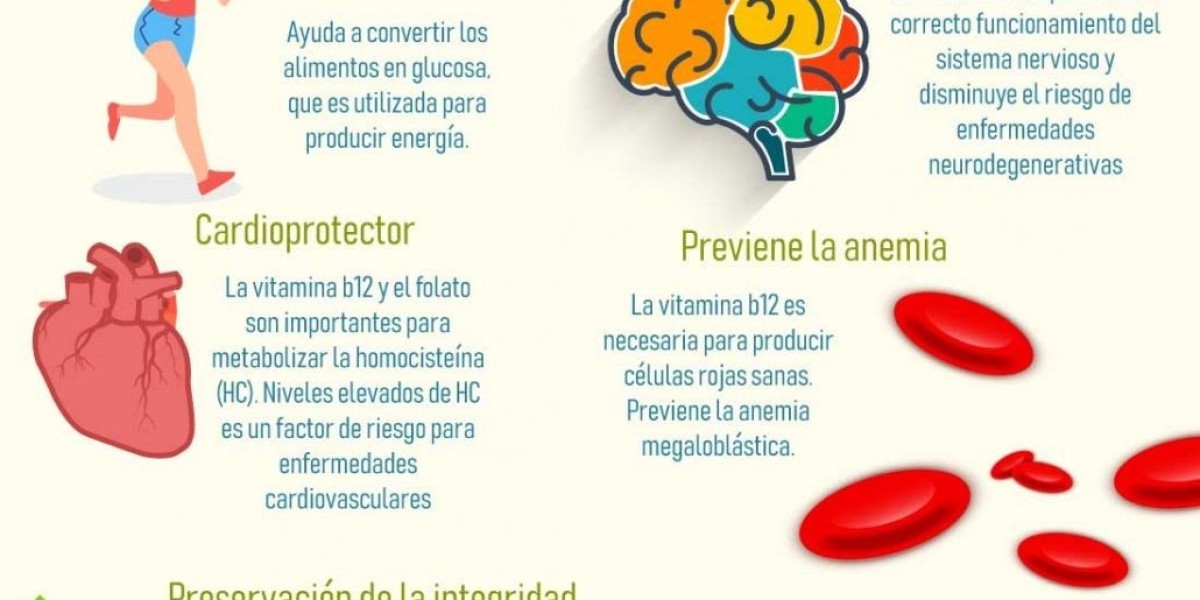In recent years, the concept of sustainable innovation has gained significant traction as businesses and governments alike seek to address pressing environmental challenges. One of the most effective frameworks for achieving this is the circular economy. But what exactly does this mean, and how can it drive sustainable innovation?
Understanding the Circular Economy
The circular economy is an economic system aimed at eliminating waste and the continual use of resources. Unlike the traditional linear economy, which follows a 'take-make-dispose' model, the circular economy emphasizes the importance of reusing, recycling, and refurbishing materials. This shift not only conserves resources but also fosters sustainable innovation across various sectors.
Key Principles of Circular Economy
- Design for Longevity: Products are designed to last longer, reducing the need for frequent replacements.
- Resource Recovery: Waste materials are repurposed into new products, minimizing landfill use.
- Systems Thinking: Businesses consider the entire lifecycle of a product, from production to disposal.
- Collaboration: Stakeholders across industries work together to create sustainable solutions.
Driving Sustainable Innovation through Circular Practices
How can the circular economy drive sustainable innovation? By adopting circular practices, companies can unlock new business models that not only enhance profitability but also contribute to environmental sustainability. For instance, businesses can shift from selling products to offering services, such as leasing or sharing, which reduces resource consumption.
Moreover, the integration of technology plays a crucial role. Innovations such as the Internet of Things (IoT) and blockchain can facilitate better tracking of materials and enhance transparency in supply chains. This technological advancement not only supports the circular economy but also promotes sustainable innovation by enabling companies to make informed decisions.
Challenges and Opportunities
While the transition to a circular economy presents numerous opportunities, it is not without challenges. Companies may face resistance to change, high initial costs, and the need for new skills. However, the long-term benefits of sustainable innovation far outweigh these hurdles. By investing in circular practices, businesses can improve their resilience and adaptability in an ever-changing market.
Conclusion: The Future of Sustainable Innovation
In conclusion, the circular economy is a powerful driver of sustainable innovation. By rethinking how we design, produce, and consume, we can create a more sustainable future. As consumers become increasingly aware of environmental issues, businesses that embrace circular principles will not only thrive but also contribute positively to society.
For those interested in exploring more about sustainable practices, consider checking out this that emphasizes eco-friendly materials and ethical production methods.








